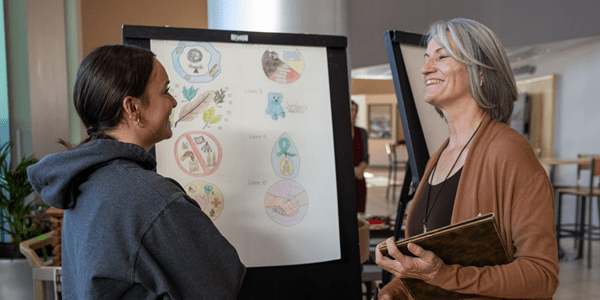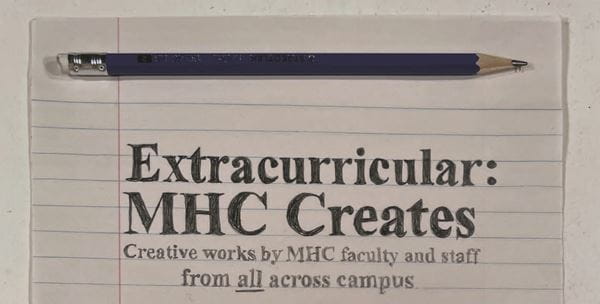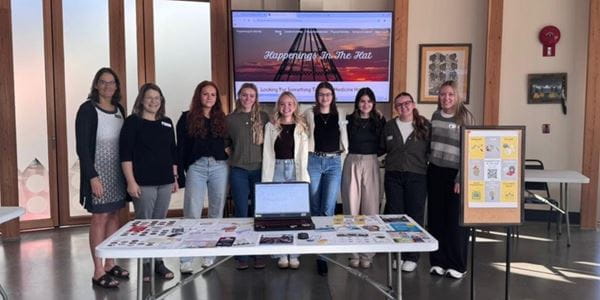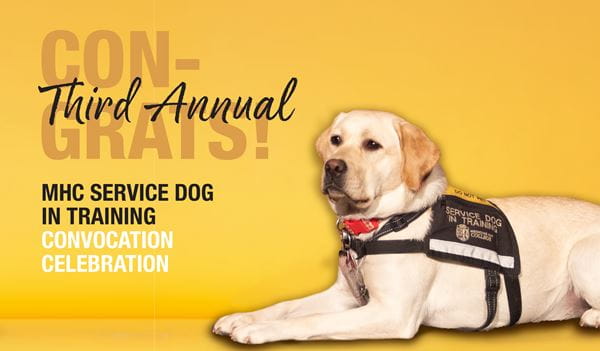
Nursing students use creative projects to explore Indigenous culture and Canadian history

Extracurricular creative practice on display at MHC

MHC students redefine nursing through grassroots community assessment
Campus Calendar See MHC's calendar of important dates and events happening on campus
Contact:
To book a media interview, please email
media@mhc.ab.ca





